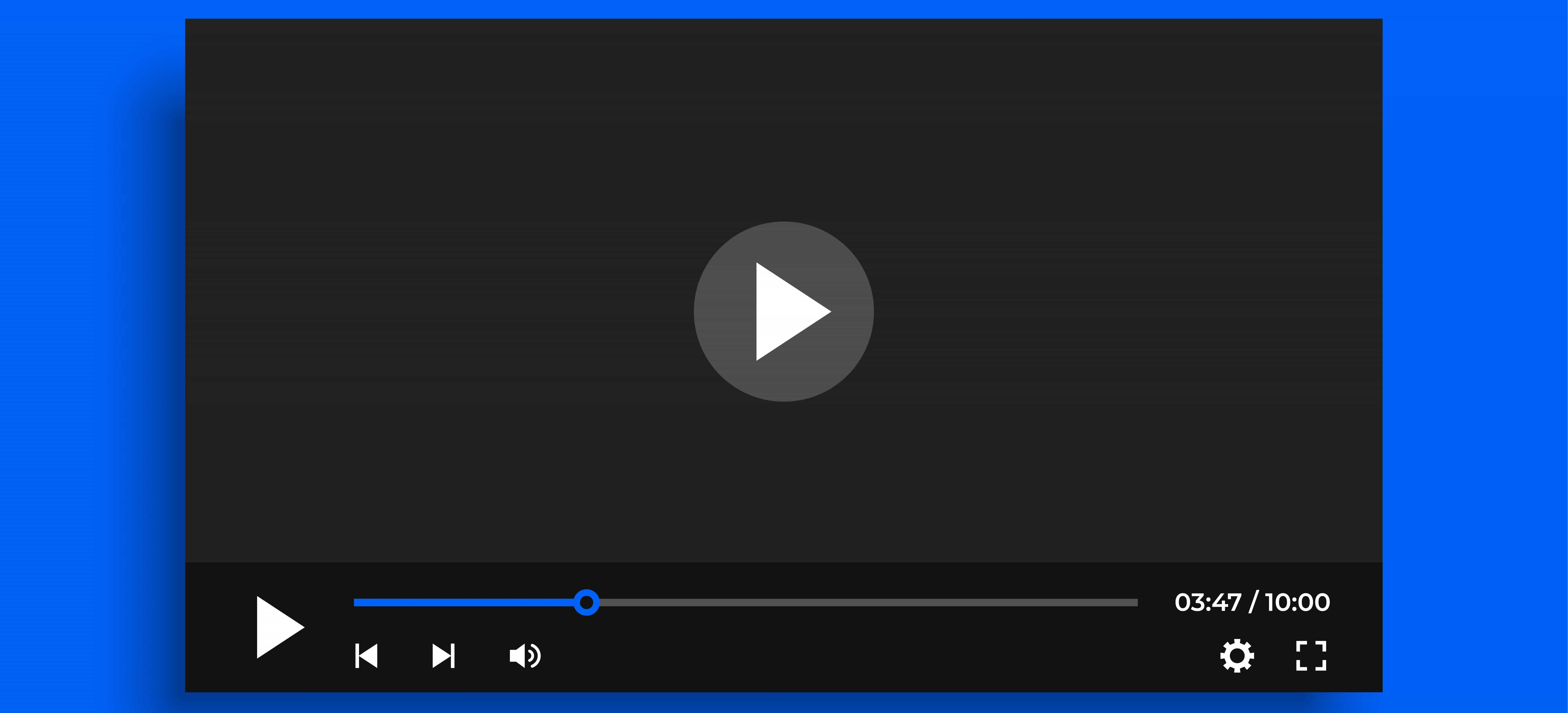Java原生Nio服务端与客户端编写
Java原生Nio服务端与客户端的编写(待完善)
一、Nio服务端
public static void main(String[] args) throws IOException { |
二、客户端的编写
public static void main(String[] args) throws IOException, InterruptedException { |
本博客所有文章除特别声明外,均采用 CC BY-NC-SA 4.0 许可协议。转载请注明来自 飞の博客!
评论










